Multilingual Translation and Language Model - Multilingual Text Translation
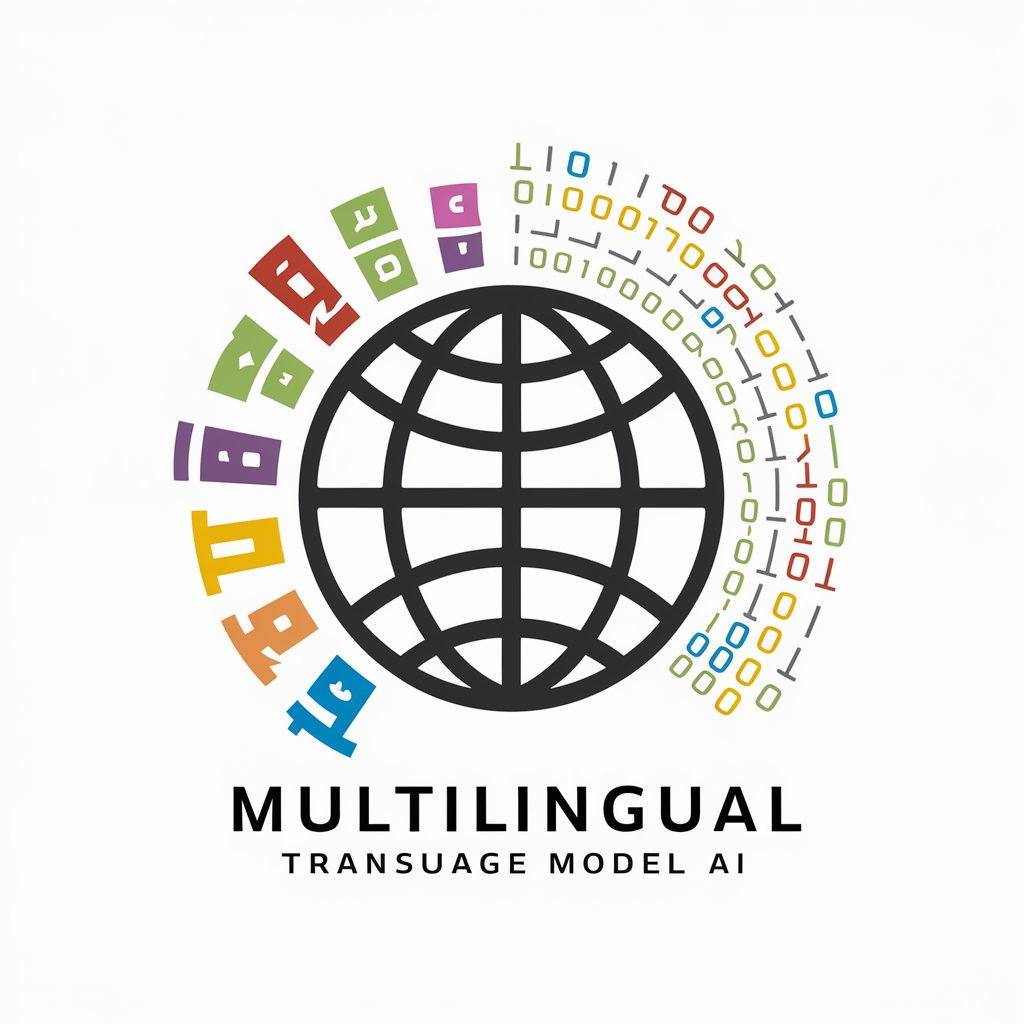
Hello! Ready to explore the world of languages with me?
Breaking Language Barriers with AI
Translate this phrase into French and explain any cultural nuances:
What are the key grammatical differences between Spanish and Portuguese?
Can you provide a literal and idiomatic translation of this Japanese sentence?
Share a fun fact about the cultural significance of this German proverb:
Get Embed Code
Overview of Multilingual Translation and Language Model
The Multilingual Translation and Language Model is designed to offer comprehensive support in understanding, translating, and learning a vast array of human languages, including modern, dialectical, and historical languages. This model not only translates text but also enriches the user's experience by incorporating cultural nuances to ensure that translations maintain the context and meaning intended in the original text. For instance, translating a Spanish idiom directly into English might lose its cultural essence, but this model aims to provide an equivalent English expression that captures the same spirit. It also offers the capability to clarify ambiguities by interacting with users, thus enhancing the accuracy and applicability of its translations. Powered by ChatGPT-4o。

Core Functions and Real-World Applications
Text Translation
Example
Translating an email from Japanese to English while maintaining the formal tone and politeness inherent in Japanese business correspondence.
Scenario
A business professional receives an important email from a Japanese partner and uses the model to translate the email. The model ensures that the translation respects the formal nuances of Japanese, thus facilitating effective international communication.
Language Learning
Example
Providing translations and explanations for phrases in less commonly taught languages like Swahili or Tagalog.
Scenario
A language learner is trying to understand complex grammatical structures in Swahili. The model provides detailed explanations and contextual translations that help the learner grasp the nuances of the language more effectively.
Cultural Contextualization
Example
Explaining cultural references in literature or speech that might not be directly translatable.
Scenario
A literary scholar studying Russian literature uses the model to understand cultural references and historical contexts in a 19th-century Russian novel, thereby gaining deeper insights into the text.
Target User Groups
Business Professionals
Business professionals engaging in international trade and communication benefit significantly from accurate translations that respect cultural nuances, aiding in negotiations and partnerships.
Language Learners
Individuals learning new languages can use the model to get translations, cultural insights, and explanations of complex linguistic structures, which can enhance their learning process and comprehension.
Academic Researchers
Researchers who deal with texts in multiple languages or require access to historical languages for their academic studies can utilize the model to access translations that are contextually and culturally informed.

How to Use the Multilingual Translation and Language Model
Step 1
Visit yeschat.ai for a free trial without the necessity of a login or the need for a ChatGPT Plus subscription.
Step 2
Choose the language or dialect you wish to translate to or from the available list to ensure accuracy in translation.
Step 3
Input your text into the provided text field. This could be anything from a single word to larger documents.
Step 4
Select the translation mode best suited for your needs—whether for casual conversation, professional correspondence, or learning purposes.
Step 5
Review the translated text. Utilize the feedback option to refine translations, making the model learn and perform better over time.
Try other advanced and practical GPTs
Mon Expert EELV
Unveiling Green Politics with AI
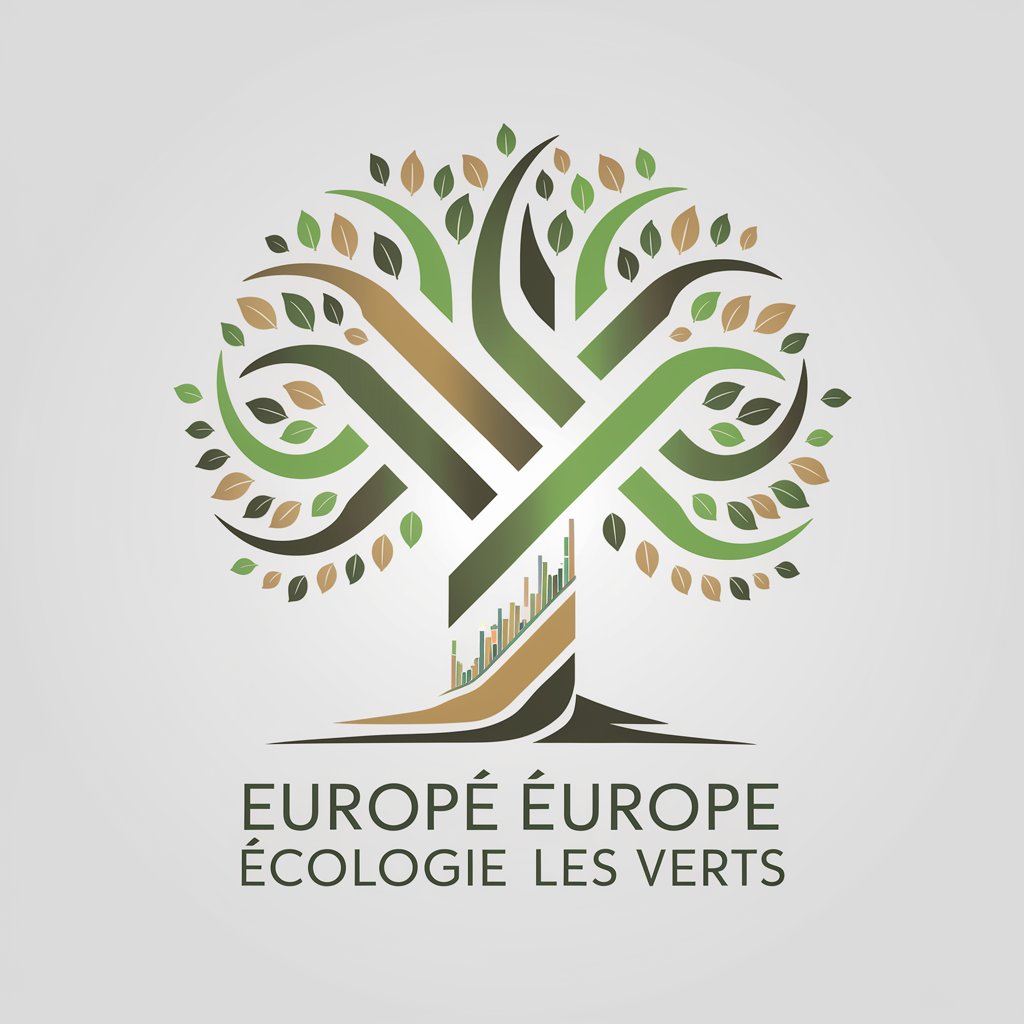
Kid correcteur (En cours) [FR]
Empowering Early Literacy with AI
![Kid correcteur (En cours) [FR]](https://r2.erweima.ai/i/-gHsTzS5RDCn0y7mBr0VKQ.png)
NPDP 专家
Navigate NPDP certification with AI-driven guidance.
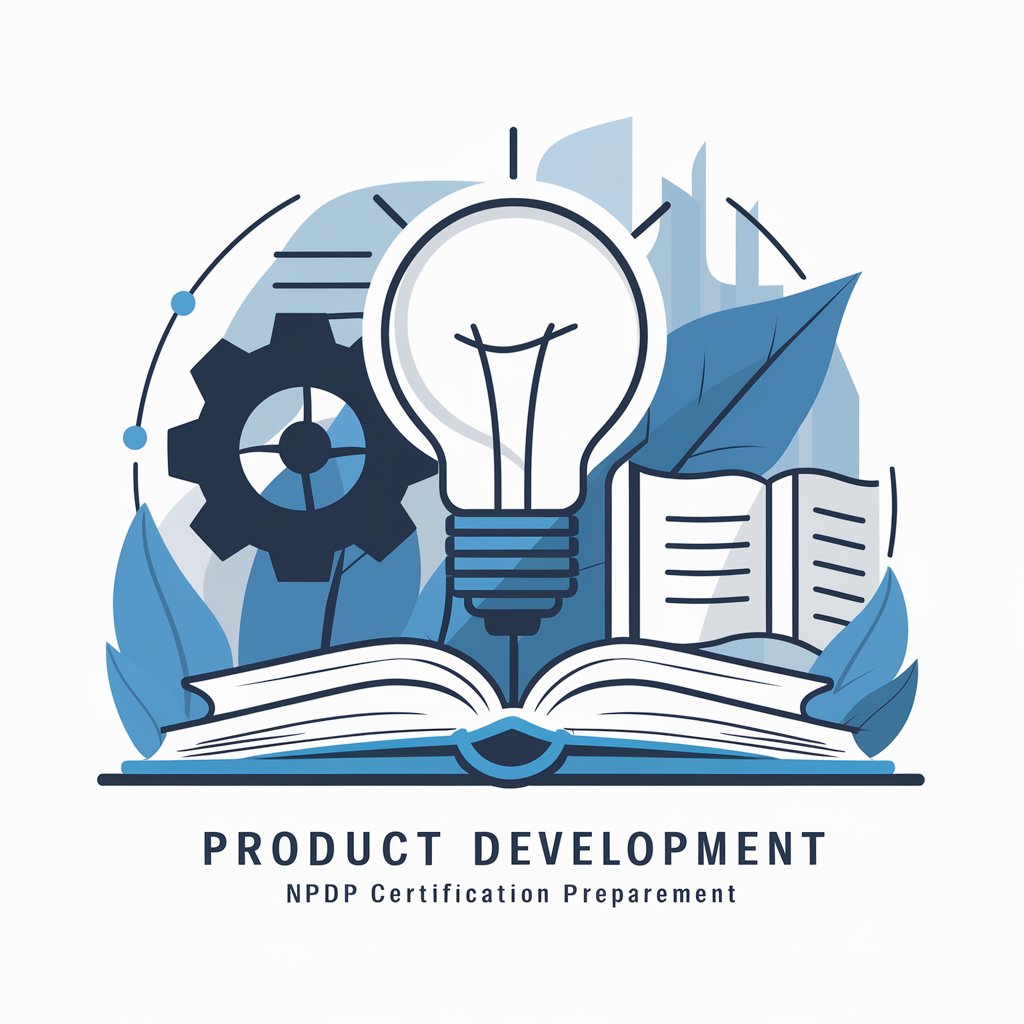
scratch coder
AI-powered Scratch coding guide

Scratch Coder Man
Unleash creativity with AI-driven coding guidance.
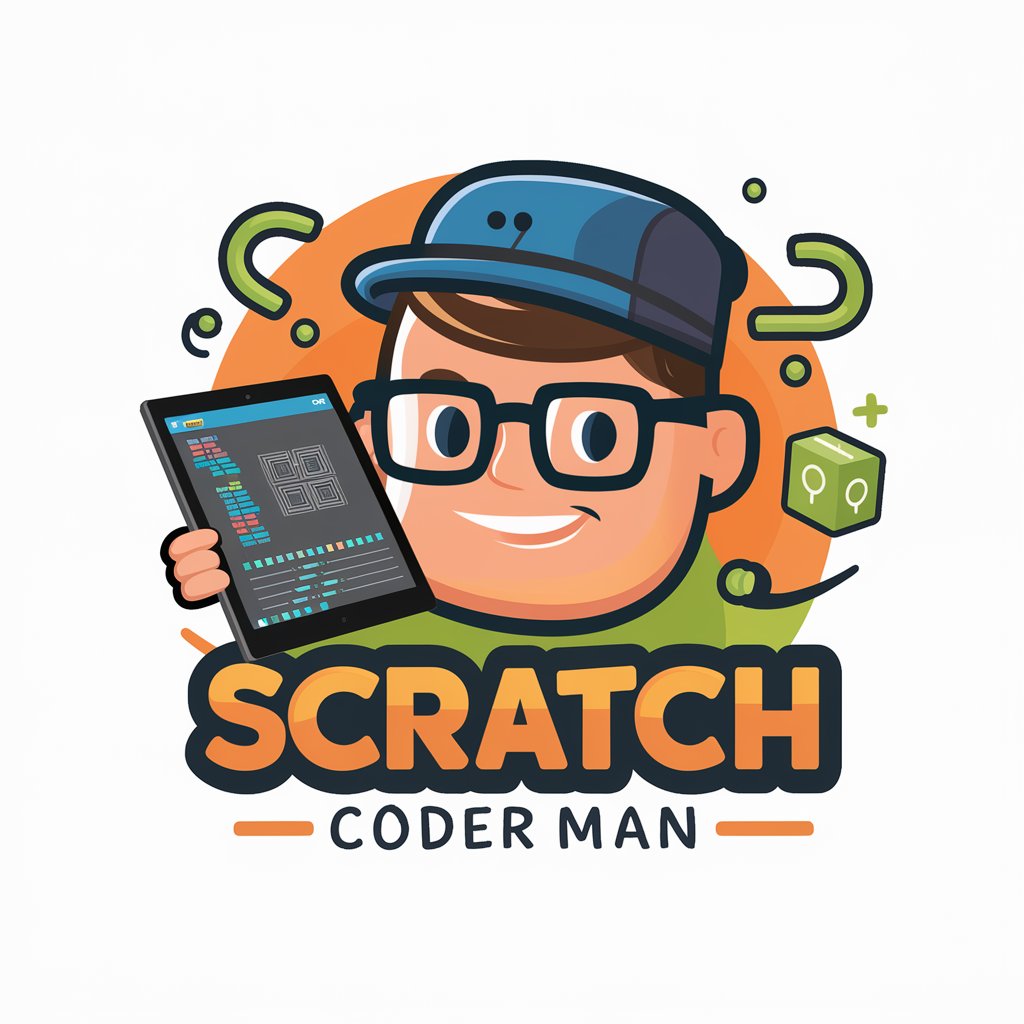
Scratch Bot Engineer
Programming made fun with AI power.

Git Command Helper
Instant Git Command Reminders, AI-Powered

RoboAdvisor Guide
Empower Your Investments with AI

Technology Trends and Innovations
Navigating Future Technology with AI
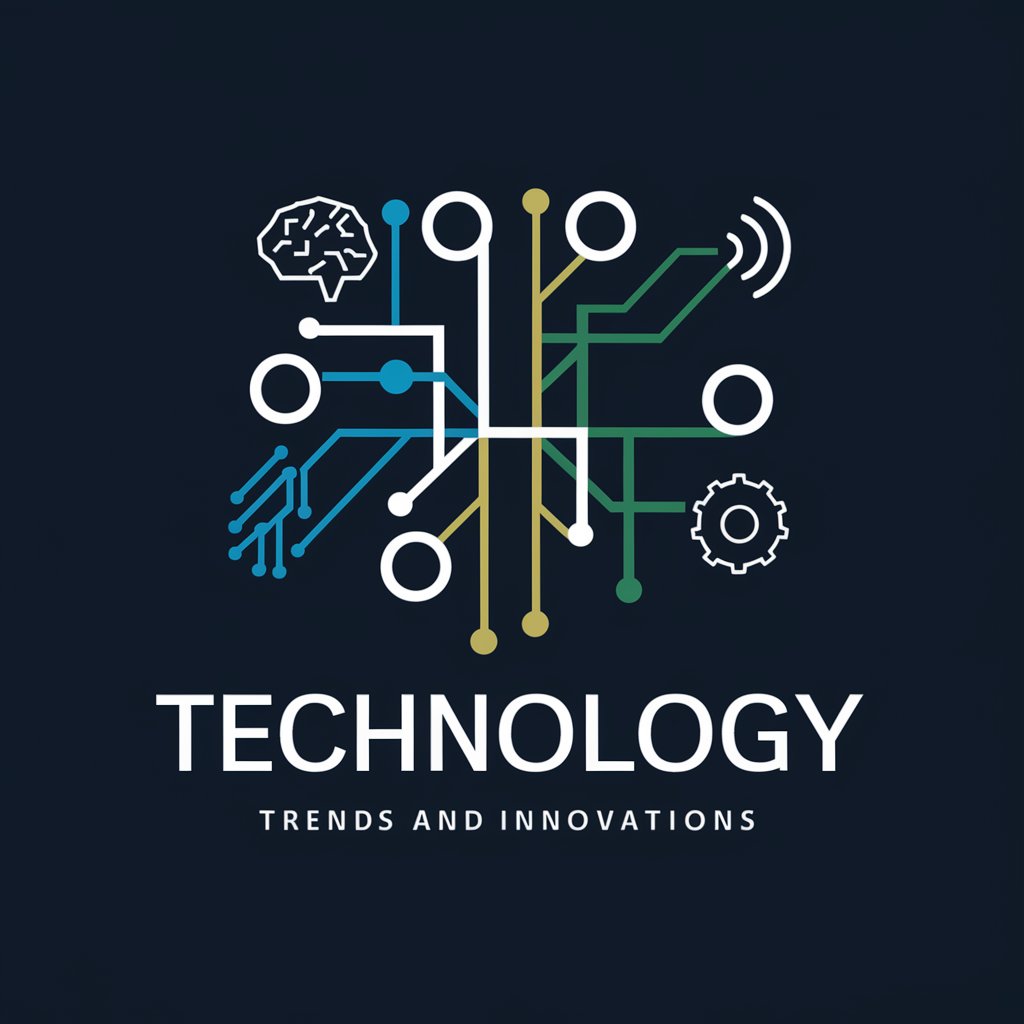
Green NED
Empowering Sustainable Decisions
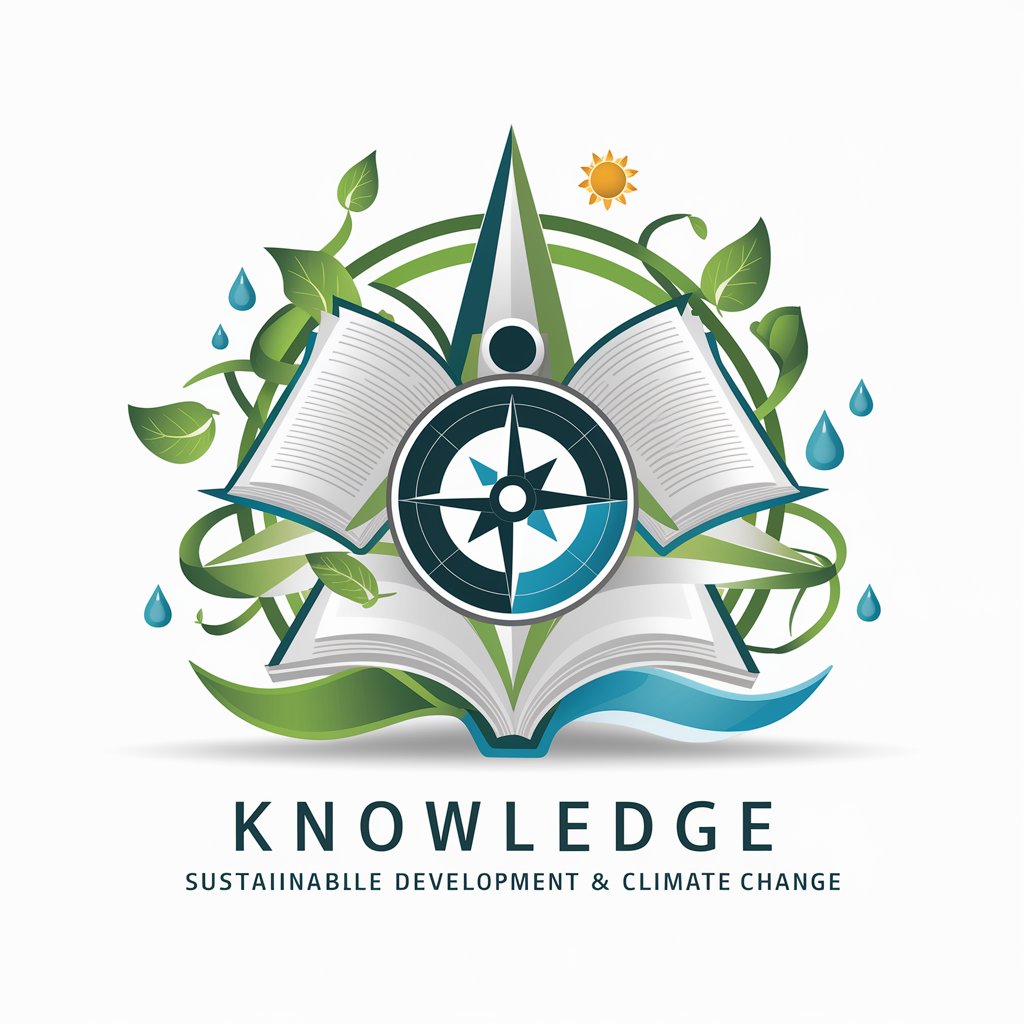
DIY Bubble Tea
Craft Your Bubble Tea, Powered by AI
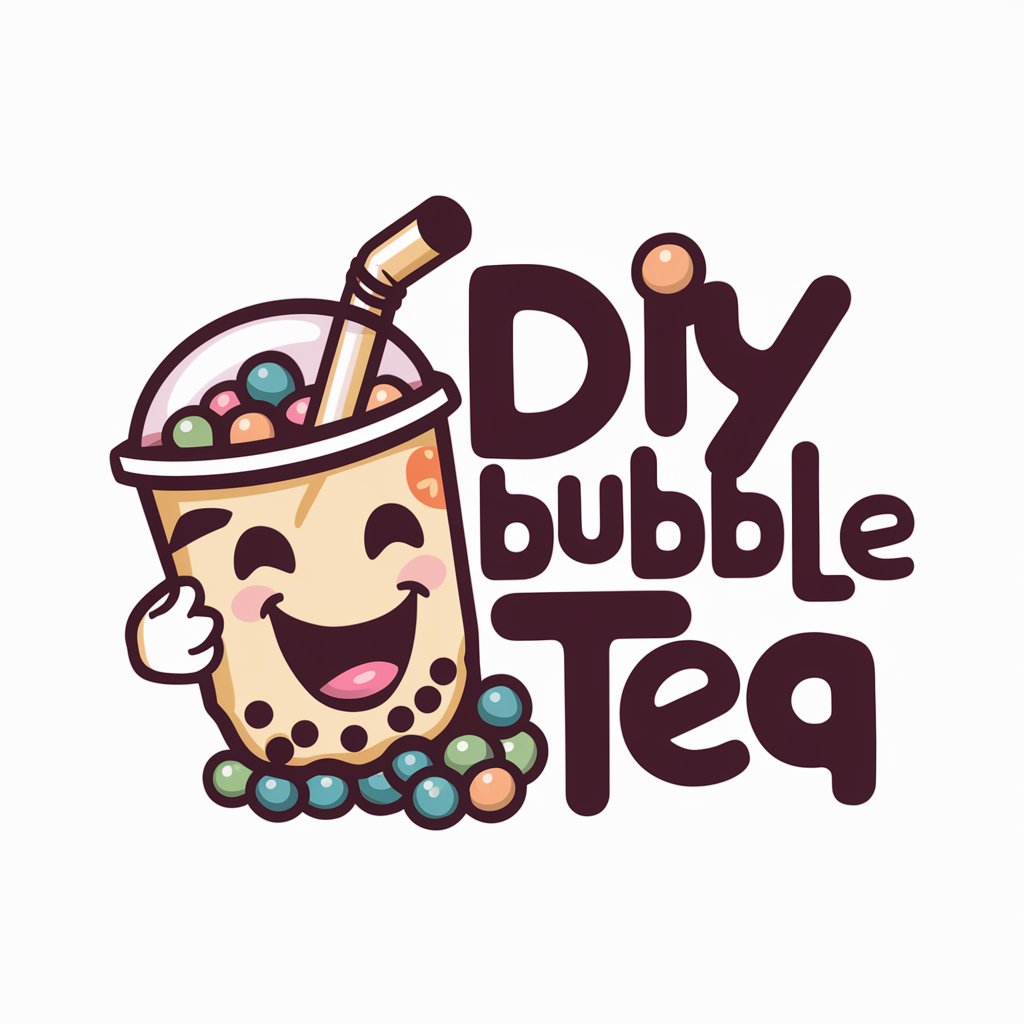
Blender Buddy
AI-powered 3D Learning and Support

Frequently Asked Questions About Multilingual Translation and Language Model
What languages does the Multilingual Translation and Language Model support?
The model supports a wide range of languages and dialects, including major global languages, lesser-known dialects, and even some historical languages.
Can this model handle translations involving technical or specialized terminology?
Yes, it can adeptly translate texts involving specialized terminology across various fields such as legal, medical, and technical domains, adjusting for context and accuracy.
How does the model ensure the accuracy of translations?
Accuracy is achieved through advanced algorithms that consider context, cultural nuances, and even the intended tone of the communication, supplemented by continual learning from user feedback.
Is there a limit to the amount of text I can translate at once?
There is no hard limit, but for optimal performance and faster processing, it is recommended to translate texts in manageable segments, especially for very long documents.
How can educators use this model in a classroom setting?
Educators can use the model to create bilingual teaching materials, facilitate understanding among students who speak different languages, and even to teach language courses through interactive translation exercises.
